Reportar esta entrada
Más sobre la misma comunidad-colección
Francisco & Anita Grijalva With Family
Top: Tony, Efrain, Frank, Anita, Mariquita, Fina, Kiko, Chayo, ...
Wedding Photographs of Francisco's Children
Tony H. Grijalva earned the silver star in France. Freddie ...
James Buchanan & Josefina Grijalva Buchanan
Wedding photograph of Mr. & Mrs. James Buchanan in the year ...
Motorcycle Madness Exhibit at the El Paso Museum of History
Exhibit entrance, August 2012, designed by Tim Hanlon. All of ...
Motorcycle Madness Exhibit at the El Paso Museum of History.
Exhibit entrance - Dukati motorcycle, August 2012, designed by ...
Motorcycle Madness Exhibit at the El Paso Museum of History.
Artifacts - oil cans, helmet, goggles, hats, gloves, August ...
Motorcycle Madness Exhibit at the El Paso Museum of History.
Honda motorcycle, August 2012, designed by Tim Hanlon. All of ...
Motorcycle Madness Exhibit at the El Paso Museum of History.
Buddy Elmore's favorite Triumph racing motorcycle to the left. A ...
Motorcycle Madness Exhibit at the El Paso Museum of History.
Vintage Harley-Davidson, August 2012, designed by Tim Hanlon. ...
Motorcycle Madness Exhibit at the El Paso Museum of History.
100 Years of Motorcycle History banner, August 2012, designed by ...
Motorcycle Madness Exhibit at the El Paso Museum of History.
Buddy Elmore's favorite Triumph racing motorcycle. He won the ...
Madness Exhibit at the El Paso Museum of History.
Buddy Elmore artifacts. August 2012, designed by Tim Hanlon. All ...
Motorcycle Madness Exhibit at the El Paso Museum of History.
Buddy Elmore trophies including the Daytona 200 trophy, ...
Motorcycle Madness Exhibit at the El Paso Museum of History.
Buddy Elmore posters. August 2012, designed by Tim Hanlon. All ...
Motorcycle Madness Exhibit at the El Paso Museum of History.
Floor shot. August 2012, designed by Tim Hanlon. All of the ...
Motorcycle Madness Exhibit at the El Paso Museum of History.
Floor shot, row of Harleys. August 2012, designed by Tim Hanlon. ...
Motorcycle Madness Exhibit at the El Paso Museum of History.
Row of Harleys. August 2012, designed by Tim Hanlon. All of the ...
Motorcycle Madness Exhibit at the El Paso Museum of History.
Harley close-up. August 2012, designed by Tim Hanlon. All of the ...

















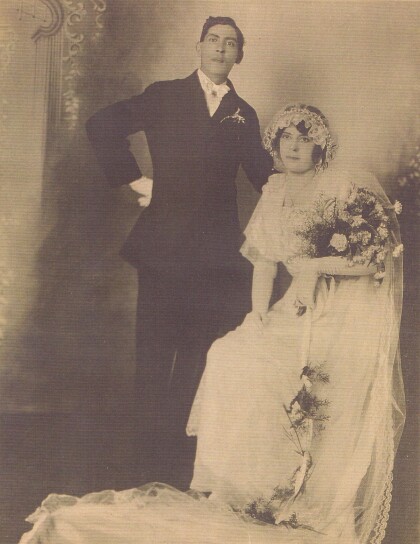
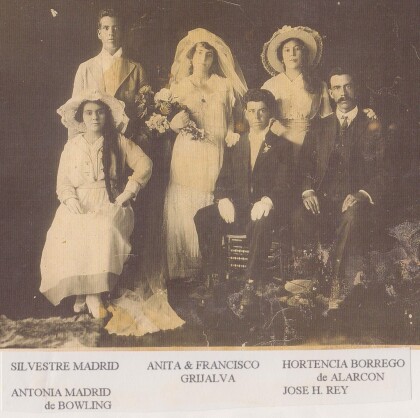
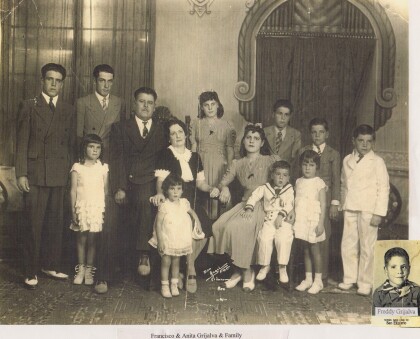
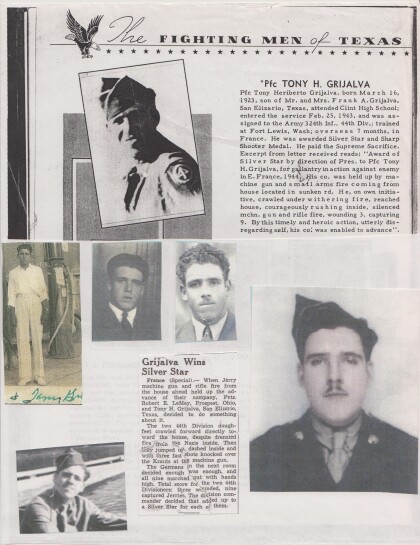
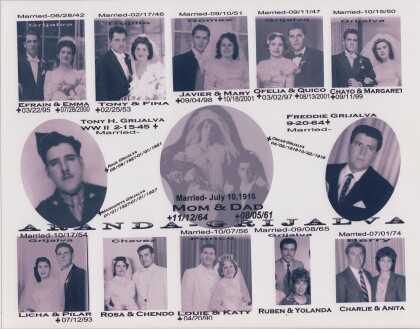
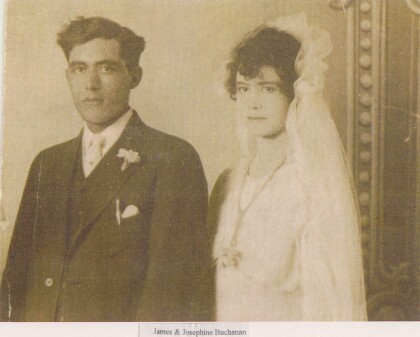
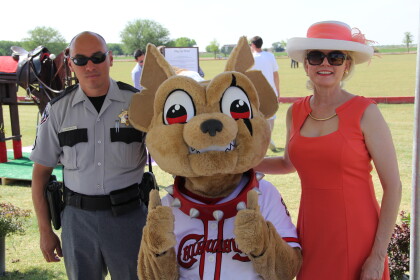

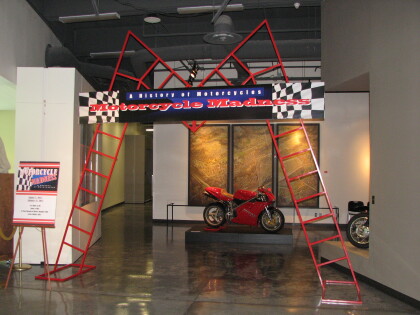
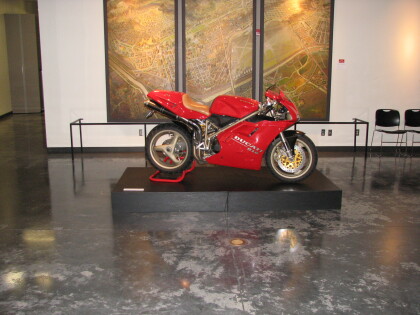
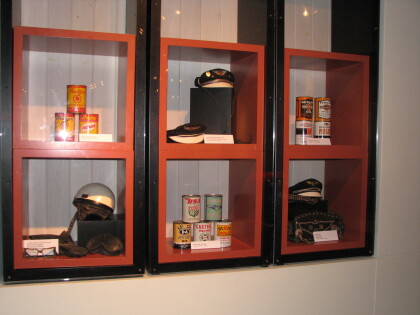
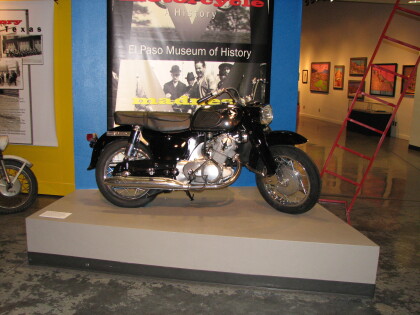
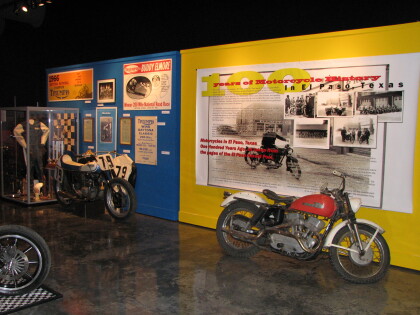
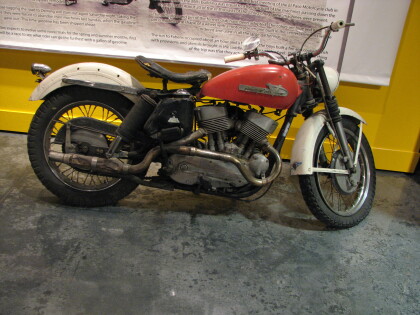
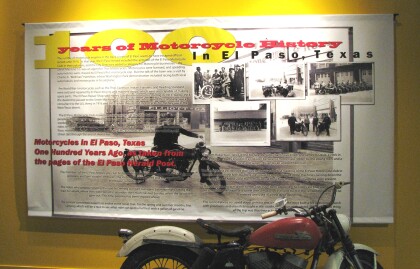
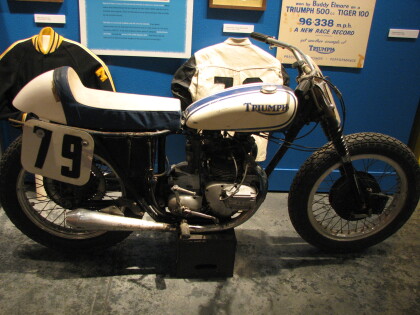
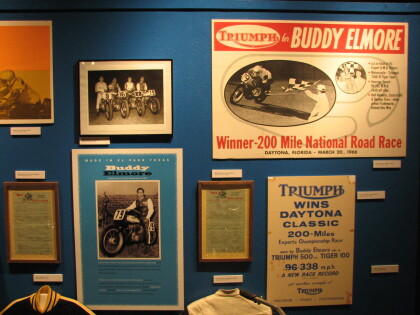
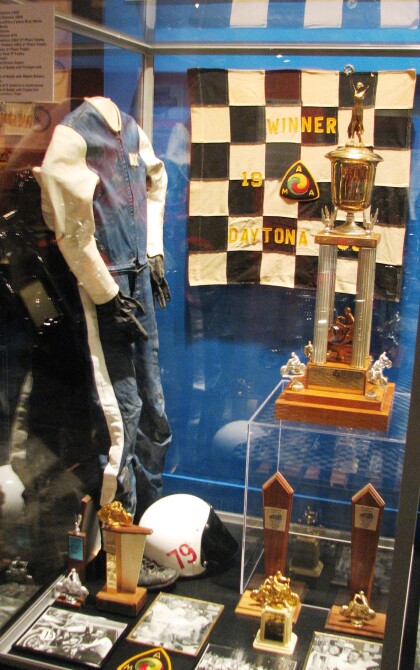
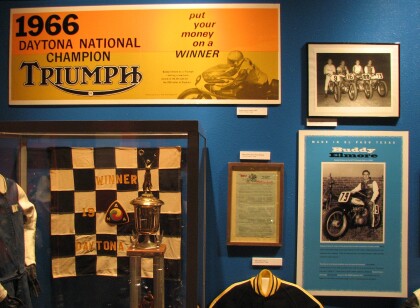
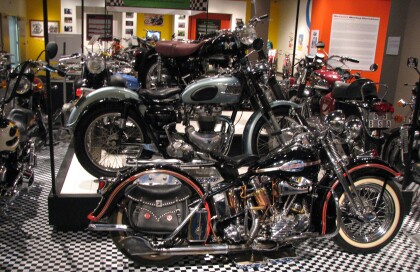
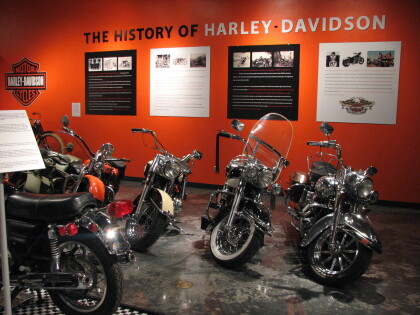
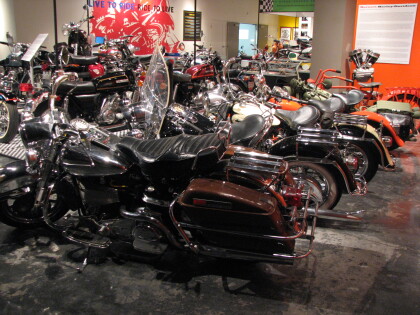
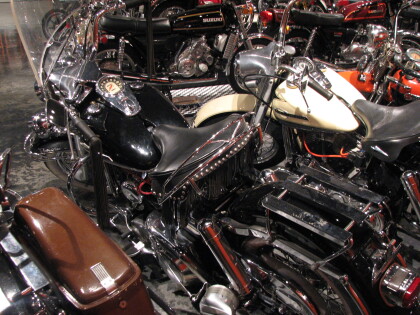
Comentarios
Hacer un comentario